The start line for women’s cycle racing in Great Britain was endurance road riding in the early 1890s. This came at a time that women’s cycling had started to boom. More women, albeit mostly from the middle and upper-classes, had taken up cycling for exercise and leisure with many joining fledgling cycling clubs. Male cyclists were already setting new endurance records on the road and a few determined working-class women fortunate to possess an expensive bicycle decided to establish their own records.
A woman named Miss Dudley unofficially established Britain’s first women’s century record in September 1891, riding just over 100 miles from Potters Bar, Hertfordshire to King’s Lynn in 8 hours and 33 minutes. Further research by this author has identified her as 18-year old Elizabeth Dudley, a shoe fitter from Northampton. She had only taken up cycling several months before her record ride, during which she was accompanied by her father and her cycling instructor. On 12 September 1892, Miss Dudley repeated the feat by cycling 103 miles from Hitchin to Lincoln but this time used an official timekeeper to provide credibility to the ride. Paced by two male cyclists, she completed it in 7 hours and 12 minutes and was subsequently presented by the Rudge Cycle Company with a new bicycle and an artistically-prepared gold plate detailing the ride. The following year, Miss Julia Prudden, a 46-year-old servant from Bedford, unsuccessfully attempted to beat Miss Dudley’s time, completing the same route in eight hours and three minutes in strong winds that had led a male cyclist to abandon another century record attempt on the same day.
It was 16-year-old Teresa ‘Tessie’ Reynolds from Brighton, the daughter of a bicycle dealer/physical education instructor, who became more well-known when on 10 September 1893 she rode 120-miles from Brighton to London and back, a route regularly used by mail coaches that had become an athlete’s mecca for endurance records. Tessie finished her ride in eight hours and 38 minutes with three male cyclists as her pacemakers, but gained more notoriety than other riders of the era because of her age and the clothing that she wore. Indeed, the journal Cycling: An Illustrated Weekly wrote a scathing editorial in which they called the teenager a “lamentable incident”, arguing that her rational clothing was “of a most unnecessary masculine nature and scantiness”. It refused to name her, adding, “we will not pander to the unwholesome vanity of the Brighton female scorcher, by either advertising her name or the time she did it in.”
-
Tessie Reynolds circa 1890.
Source- Wikipedia
Tessie’s record held until 19 September 1894 when it was bettered by Miss E. Annie White from Lewisham. A member of the Dover Road Club, Miss White finished her ride from London to Brighton and back in just over 7 hrs and 56 minutes, despite a slight delay following a puncture and a tyre blow-out. A further attempt was made the following day by a Mrs N. Noble from Leeds who completed the ride in eight hours and 17 minutes having suffered a 20-minute delay during the course of the ride. Miss White then established another record on 4 October 1894 by riding 91 miles from London to Coventry in seven hours and thirty minutes.
-
A photo of Miss White published in The Sketch.
Source- © British Library Board (The Sketch, 8 April 1896, p. 453)
The London to Brighton record fell again on 19 September 1895 when 29-year-old Mrs Clara Grace of the Wood Green Cycling Club finished in 7 hrs and 40 minutes. Clara was to set a number of new road records during 1895, taking Dudley’s 100-mile record on 28 October 1895 riding from Hitchin to Peterborough and back in six hours and 33 minutes, as well as setting a new 50-mile record during the same ride. She then bettered White’s 91-mile London to Coventry ride on 4 November 1895 by completing it in six hours and 56 minutes. However, Clara’s record fell in July 1896 to a rider named Mrs Ward who achieved a time of six hours and 19 minutes. Clara then made a number of failed attempts at the 91-mile record again, finally completing it in November 1896 in a time of six hours and three minutes before repeating the London to Brighton record again in the same month, finishing in seven hours and 11 minutes. The Brighton record was to be bettered again in 1897 by Mrs Ward and by another lady named Maggie Foster. Mrs Ward was also to take Clara’s 50 and 100-mile records in May that year, riding the same Hitchin to Peterborough distance about five minutes faster. Miss Foster additionally took the 91-mile record in September 1898, riding from London to Coventry in five hours and 24 minutes.
-
A promotional photo of Clara Grace, detailing her 91-mile record. Source-
Source- © British Library Board (The Sketch, 20 November 1895, p. 174)
Miss White, Mrs Ward and Clara Grace all participated in track racing with the latter of the three more successful as the “champion of England”. Clara Grace’s first race, which she won, was a half-mile open race against three other female cyclists held at a fete in Bedford on 14 May 1894. She raced again against two ladies in a second half-mile handicap race in Bedford on 6 August, but was beaten by the same Miss Prudden mentioned previously. A mother to four children, Clara Grace’s husband was a hairdresser by trade – he appears to have also dabbled in cycle racing, albeit briefly at same venues that Clara had raced at in mid-1895 – and she had worked as a straw basket maker prior to marriage in 1885. Her cycling career enabled her to regularly advertise products through newspapers, such as recommending “St Jacobs Oil” (a potion of turpentine, alcohol and ether) for relieving muscular pain and a product called the “Matto Chain”, which appears to be some kind of contraption for exercising the back muscles.
-
A photo of Clara Grace taken by the French sports photographer Jules Beau while she was in France in 1896.
Source: Bibliothèque nationale de France (BnF).
The first recorded British women’s track race took place as part of day of cycle and pedestrian races at the Recreation Ground, Great Yarmouth on 7 August 1893 in front of nearly 6,000 spectators. The one-mile handicap race featured four ladies, including Tessie Reynolds who was riding for the Brighton Wanderers cycling club. Tessie comfortably won the race, taking the first prize of a china tea set. The more significant races though were at Hull, Scarborough, Greenock and Edinburgh in July-August 1895. These races featured three to four riders in a half-mile ladies’ handicap and one-mile races, including Clara Grace and the youngest female cycle racer of the time, 14-year old Nellie (Ellen) Hutton, the daughter of a bicycle shop owner from Islington, London. The race at Edinburgh (Powderhall Grounds) in August also featured for the first time a French rider (Marcelle Vautro).
The women’s racing switched to London in late 1895 for six-day races primarily at the Royal Aquarium and Winter Garden in Westminster, as well as the Olympia, West Kensington. The races at the Royal Aquarium were often huge entertainment extravaganzas with many other novelty acts on the bill to entertain the spectators from all social classes, even nobility – the Belgian-born, France-based rider Hélène Dutrieu later recalled in an interview in 1903 of being presented after one race at the Royal Aquarium to Edward VII, the Prince of Wales.
The 32 or more British women who raced were now paid professionals in a male-dominated and working-class sport, receiving a base salary, prize money and gifts, as well as payments from bicycle manufacturers. There was even a report of an unnamed wealthy male benefactor who presented money to riders who had impressed him during the racing. The organisers brought other professional cyclists, already stars of the French track, from across the Channel to compete against the British riders. In April 1896, an Italian “Signorina Italo” and the American Frankie Nelson visited London for a women’s six-day “championships of the world” at the Royal Aquarium. Miss Italo also participated in races in Cardiff during 1896.
Article © Mike Fishpool

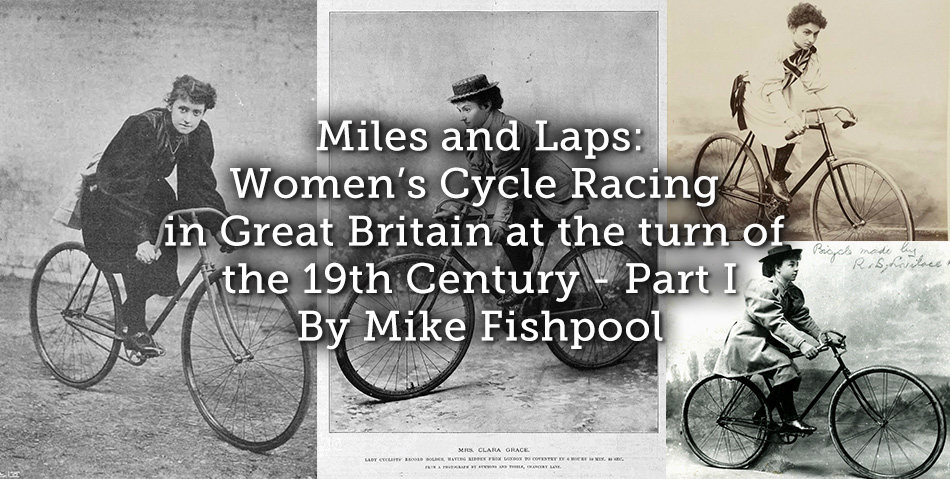
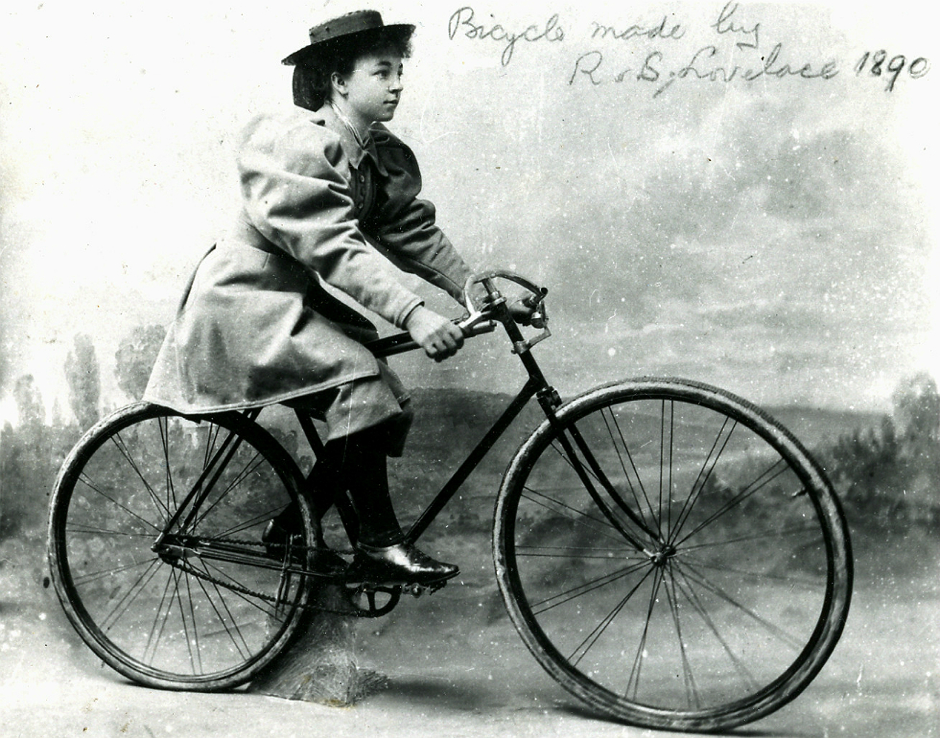
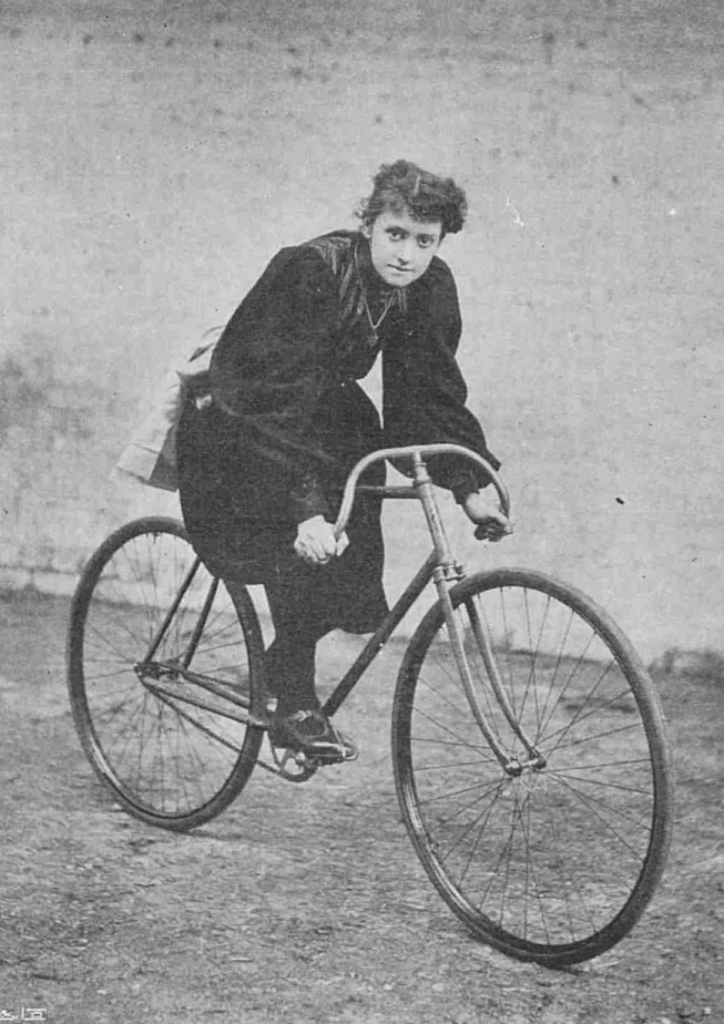
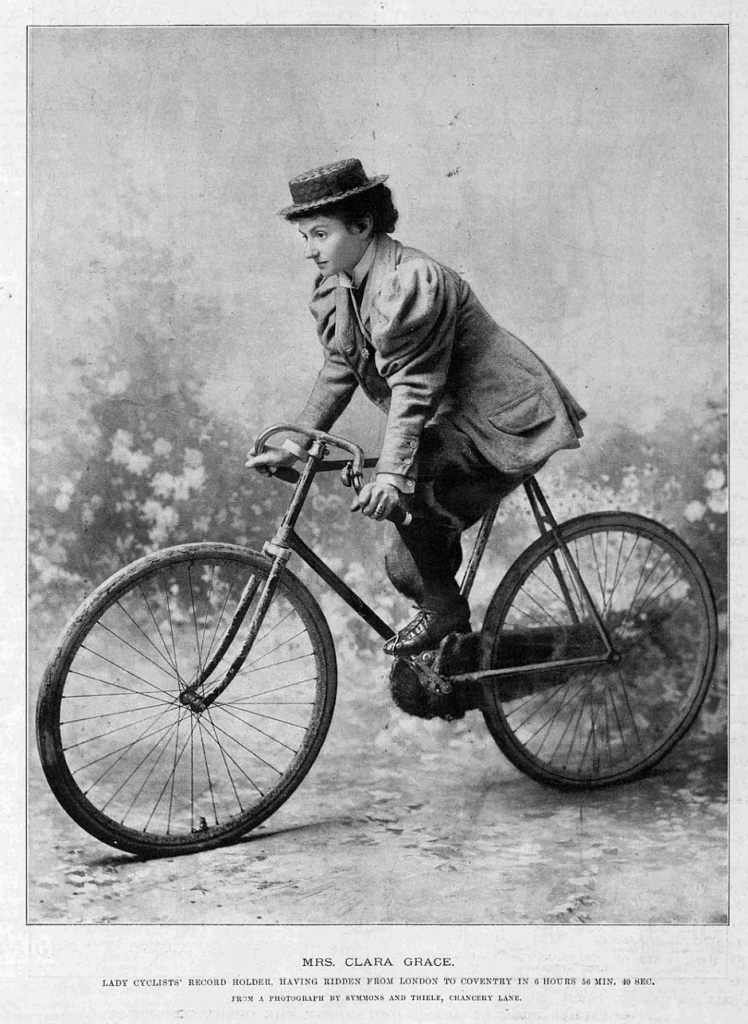
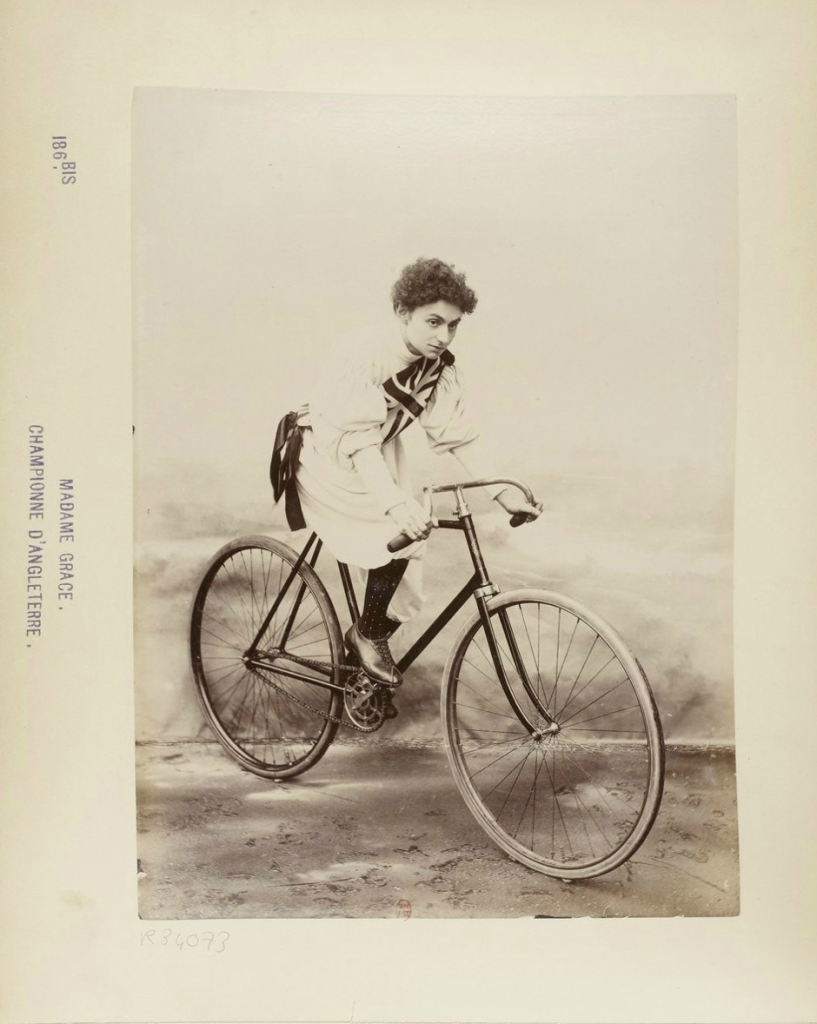
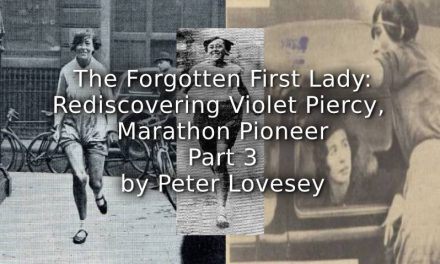
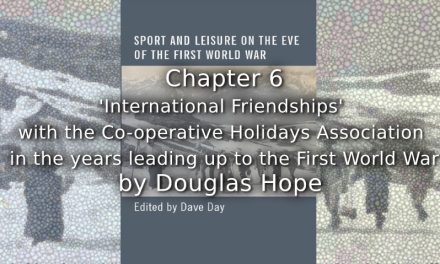


I am trying to find any information on a Lily May Palmer ( my late father’s Aunty) who rode in the Ladies London to Brighton cycle race. I believe she held the record at some point , possibly in the early 1900’s. I have a medal presented to her, and a small newspaper cutting. Any information you may have would be greatly appreciated. My email address is : ndpalmer65@hotmail. com